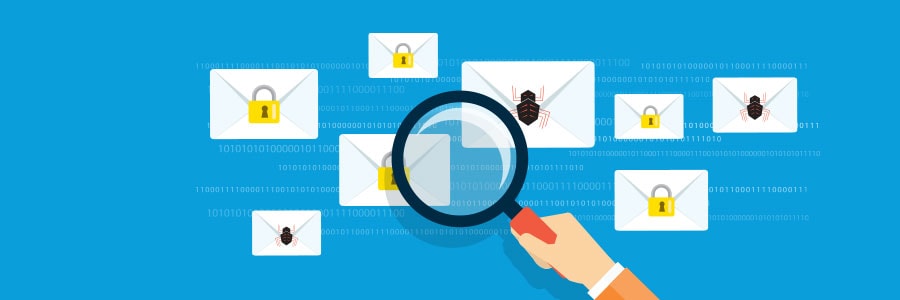The average person goes through anywhere between one and a dozen assorted emails per day, but have you ever experienced receiving a few thousand emails in a span of a few hours? If so, you may be experiencing a distributed spam distraction (DSD) attack.
Here’s what you should know about distributed spam distraction
Distributed spam distraction hides illegal activities

You wouldn’t think that cybercriminals would carry out their nefarious schemes in plain sight — except that they do and you’ve probably already fallen victim to them. Learn all about a scheme called distributed spam distraction (DSD) and how malicious actors are using it to steal valuable information from their victims.
What is VoIP theft of service?
Beware of distributed spam distraction

It’s frustrating to receive dozens of spam messages in your email inbox. Spam mail is so easy to delete, which is why most people think it's just a harmless annoyance. But hackers have devised a way to make use of spam mail for criminal purposes. It’s called distributed spam distraction, and here’s what you need to know about it.
Preventing theft of service in VoIP

Despite often going undetected, theft of service is the most common type of fraud for phone systems that use the internet to make calls. How does it really affect an organization’s VoIP network and what are the ways that businesses can prevent or minimize the risk of this type of fraud? Let’s take a closer look.

